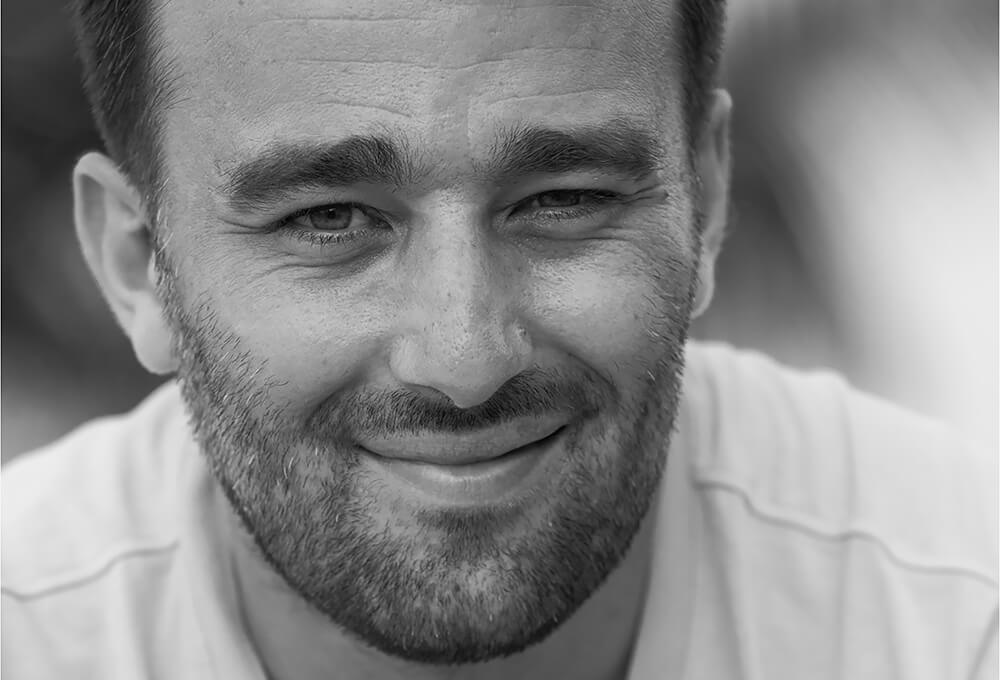Referred to as someone who
"captures the souls of his models", (Wanderlust Travel Magazine, 2018) Réhahn is more than just a man behind a camera. Behind each click is a story. Whether the photograph shows a child with startling blue eyes, a woman pulling a needle through indigo fabric or a man walking alone down a brightly painted street, these are more than just images to Réhahn. They are the culmination of an experience. The stories of his subjects as well as his passion to learn more about their culture, diversity and changing traditions are what drives Réhahn's work.
Réhahn's unique combination of fine art photography and documentary styles results in images that both inform and mesmerize. His portraits of Vietnam, Cuba, and India are particularly well-known for exactly this reason. They take the viewer along on the voyage to catch a glimpse of authentic interactions with people, their smiles, their wisdom, their daily lives. For Réhahn, photography is a way to approach people, to document what is happening in the present while also learning about the traditions and heritage of their past.
Réhahn visited over 35 countries before making Hoi An, Vietnam his home in 2011. His first book
Vietnam, Mosaic of Contrasts has been a bestseller since 2014. He followed this success with four subsequent books:
Vietnam, Mosaic of Contrasts, Volume ll in 2015;
The Collection, Réhahn - 10 Years of Photography in 2017;
100 Iconic Portraits in 2019; and
Vietnam Mosaic of Contrasts, Volume III in 2020.
In 2016, for International Women's day, Réhahn's portrait of Madam Xong was placed in the permanent collection at the Hanoi Women's museum. The resulting media coverage amassed more than 80 articles and 10 television interviews. Now just over two years later, Réhahn has been featured in international media totaling more than 500 articles and interviews and over 50 television appearances.
One memorable career moment took place in 2018. Réhahn was honored during an official ceremony, which was organized to celebrate 45 years of friendship between France and Vietnam. Vietnam's Secretary of the Party, Nguyen Phu Trong, who has since become the President of Vietnam, gifted Réhahn's portrait
Madam Xong to French President Emmanuel Macron.
In addition to his four
COULEURS BY RÉHAHN galleries, Réhahn opened the
PRECIOUS HERITAGE museum located in the UNESCO World Heritage site of Hoi An ancient town in 2017 to showcase his portraits of Vietnam's diverse ethnic groups, their traditional costumes, stories, music, and artifacts. The museum is free to the public.
